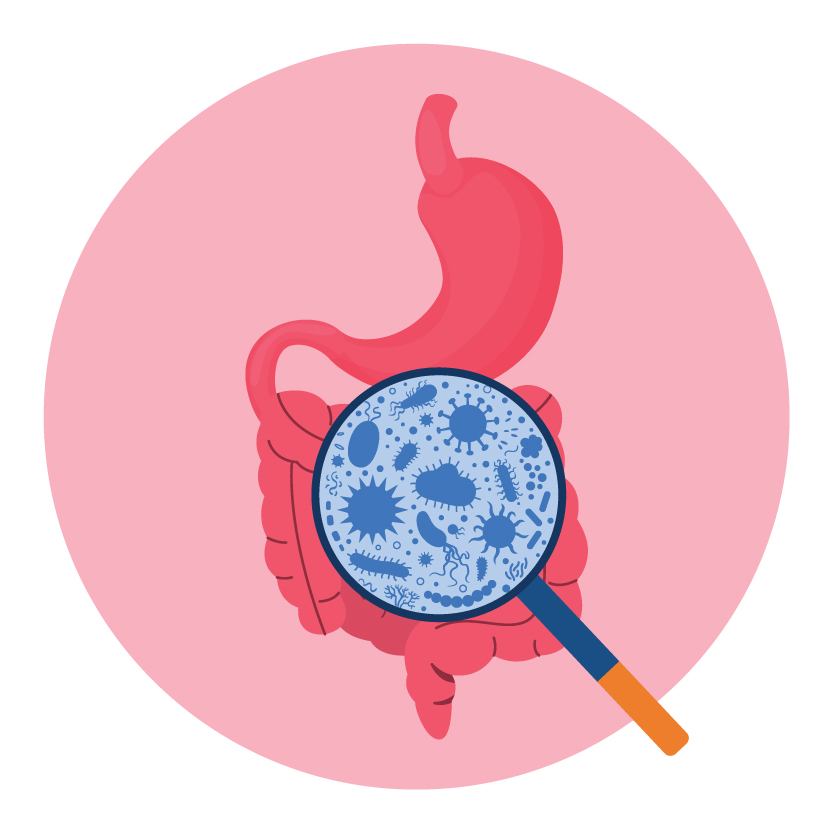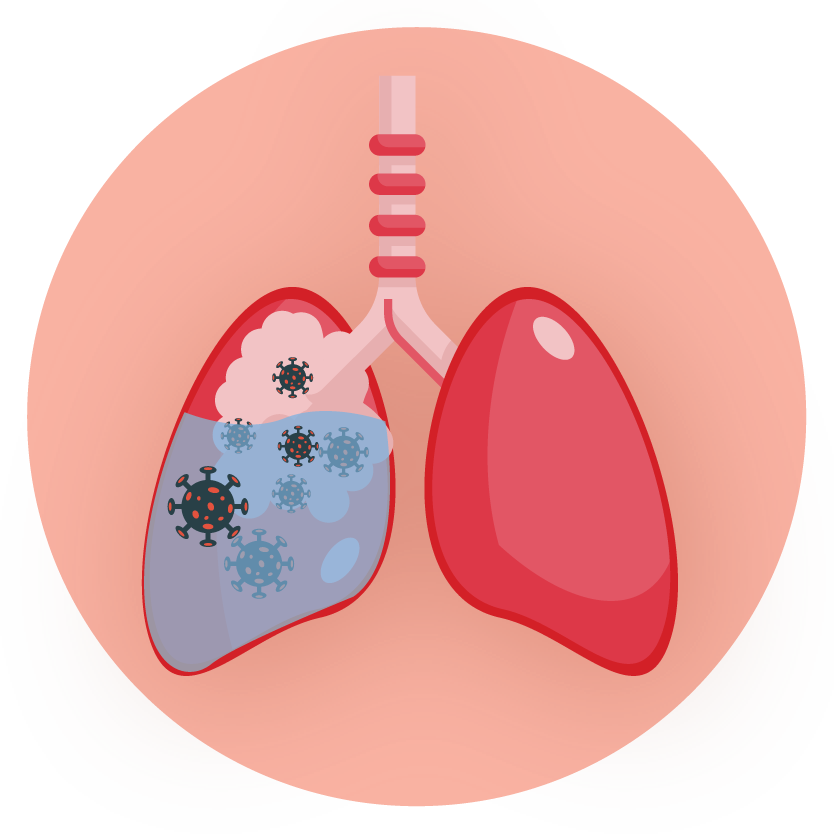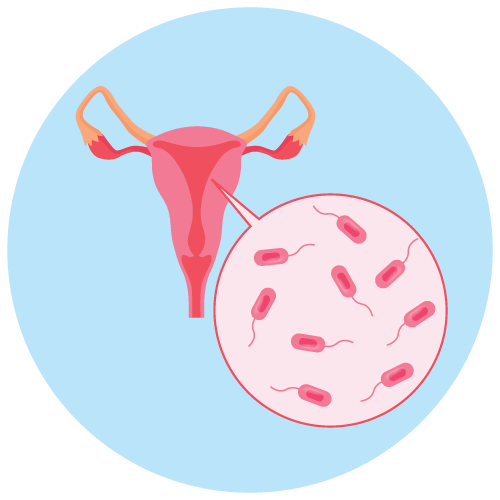| Name | Piperacillin |
| Classes |
Antiinfective Agent Antibiotic Penicillin |
| Diseases |
Infectious Disease Pneumonia UTI (Urinary Tract Infection) |
Piperacillin
Piperacillin is a beta lactam antibiotic used against bacterial infection. Piperacillin kills bacteria by inhibiting cell wall synthesis. It is a broad spectrum antibiotic.
Piperacillin is indicated for the following infections-
- Intra-abdominal infections
- Skin infections
- Pneumonia (Community acquired/ Nosocomial)
- Female pelvic infections
- The usual dose of piperacillin is 4 gram every 6-8 hours for adults & adolescents.
- For patients with creatinine clearance of 20-40 mL/min, the recommended dose is 4 gram every 8 hours and for patients with creatinine clearance <20 mL/min is 4g every 12 hours.
- For pediatric patients the dose can vary from 80-100 mg/kg every 8 or 10 hours depending upon the type of infection.
The common side effects are-
- Rash
- Pruritus
- Nausea
- Vomiting
- Diarrhea
- Serious hypersensitivity reactions (anaphylactic/anaphylactoid) reactions have been reported in patients receiving Piperacillin.
- Severe skin disorders like Steven Johnson's syndrome and toxic epidermal necrolysis have also been reported.
- Hematological side effects have been reported, including hemorrhage, leukopenia, and neutropenia. During long-term treatment, keep an eye on your hematologic tests.
- In hemodialysis patients, piperacillin treatment can considerably lower tobramycin concentrations. In these patients, keep an eye on their tobramycin levels.
- Co-administration of piperacillin with vancomycin may increase the incidence of acute kidney injury. Monitor kidney function in patients receiving piperacillin and vancomycin.
- The neuromuscular blockade of vecuronium and other non-depolarizing muscle relaxants may be prolonged by piperacillin.
Contraindication
Piperacillin is contraindicated in patients who are hypersensitive to any beta lactam antibiotics or beta lactamase inhibitor such as-
 Bangla
Bangla English
English






